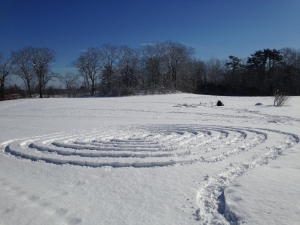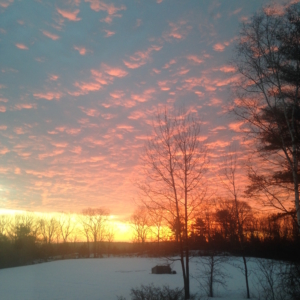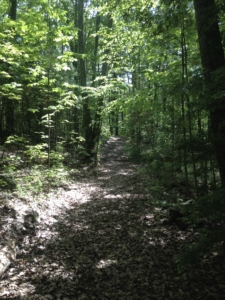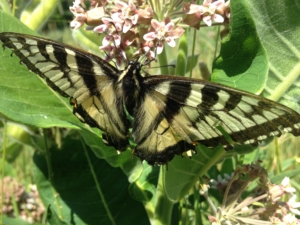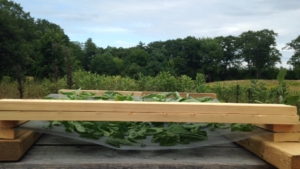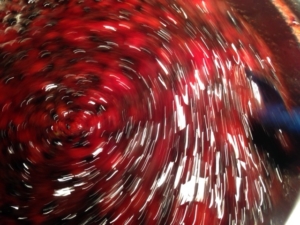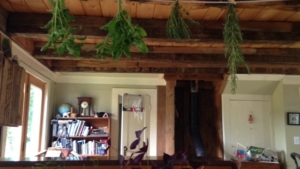I have spent the last few years thinking, writing and talking about caregiving and care-receiving. While my perspective has been informed by the challenges, joys and lessons I gleaned as caregiver, I have celebrated the reciprocity of care in many ways. I have paid close attention to the vast amounts of love, humility, and grace available on both the giving and receiving ends of the caring continuum. While I have appreciated this continuum intellectually, most of my life experiences have placed me squarely at the caregiving end of the line. Between parenting and caring for my Dad, I guess I had even gotten comfortable there… until Monday, when I was abruptly reminded that we all move back and forth along this continuum through our lives.
Monday morning, as I was finishing a walk around our field, I stepped onto a patch of ice. I knew I was doing it and I stepped slowly and carefully but, I must have been off balance. The next thing I knew the ice was coming towards my face fast. I put out my hand to break the fall and fortunately did not hit my head. But my left arm throbbed. I laid on the ground limp for a minute and whispered “help”, fully aware there was noone but the dog and the birds to hear. Smiling at the absurdity of it all, I got up and made my way over the ice and snow to the house. I felt held aloft and propelled forward by the same invisible universal integrity and wisdom that holds the sky to the earth and urges seeds to crack open into life. It seemed that all I needed to do was keep breathing, and the rest would take care of itself. Thank goodness for the amygdala!
When I got to the safety of the house though, I felt myself crumble with the pain and disorientation. As soon as I pulled off my mitten, it was obvious that something was wrong. My hand hung limply at an awkward angle from my arm. No wonder I was breaking into a sweat. Thomas sandwiched my arm with frozen bags of coffee (softer than ice packs!) and took me to the ER. Within the next 5 hours, I received three x-rays, one ice pack, two slings, two tylenol, a big shot of something numbing injected into the bone, and dozens of kind words and smiles. I left with my arm in a cast that extends from my hand to my bicep and a 50/50 chance that Monday’s manual manipulation will be sufficient support for the healing process. If it isn’t, surgery will fill in the missing pieces, literally.
Meanwhile, my family members are quietly picking up the pieces of household maintenance that are usually my responsibility. The pain has subsided, but the inconvenience of only having one arm available is persistent. The physical inconvenience is accompanied by an ongoing internal dialogue exploring my alternating resentment, frustration, disappointment, acceptance and gratitude.
This is a first-hand opportunity to experience the vulnerability of needing to receive care. I have a renewed appreciation for the grace with which my Dad seemed to receive love, care and practical support in his last years. At this far end of the care-receiving continuum, the challenge is to accept the generosity, compassion, and love that is directed towards us. We must know that we are worthy to receive these gifts and also that our gracious acceptance is a gift offered in return.
Each morning this week, I have woken up grateful for the new day, but have eventually been caught by a wave of surprise and sadness when I notice that I’m still broken. After releasing some stress by shedding a few tears, I realize that I am not broken — my wrist is broken. I am whole and I am on the receiving end.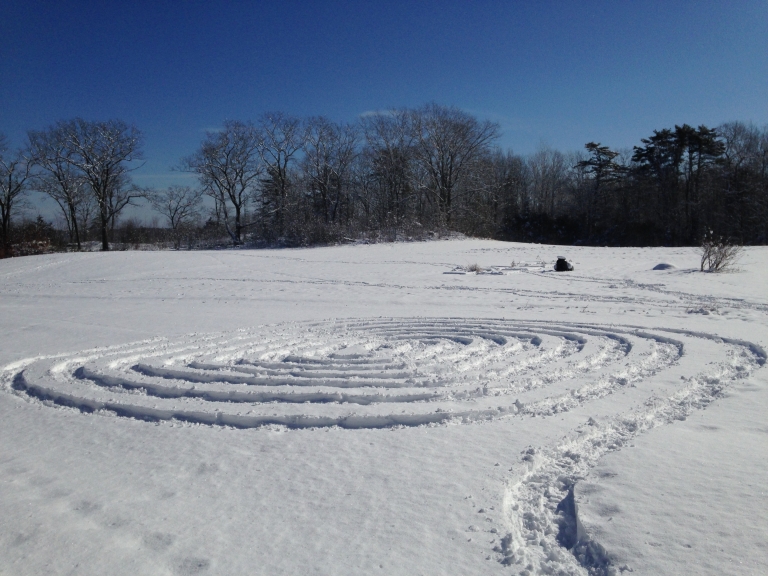
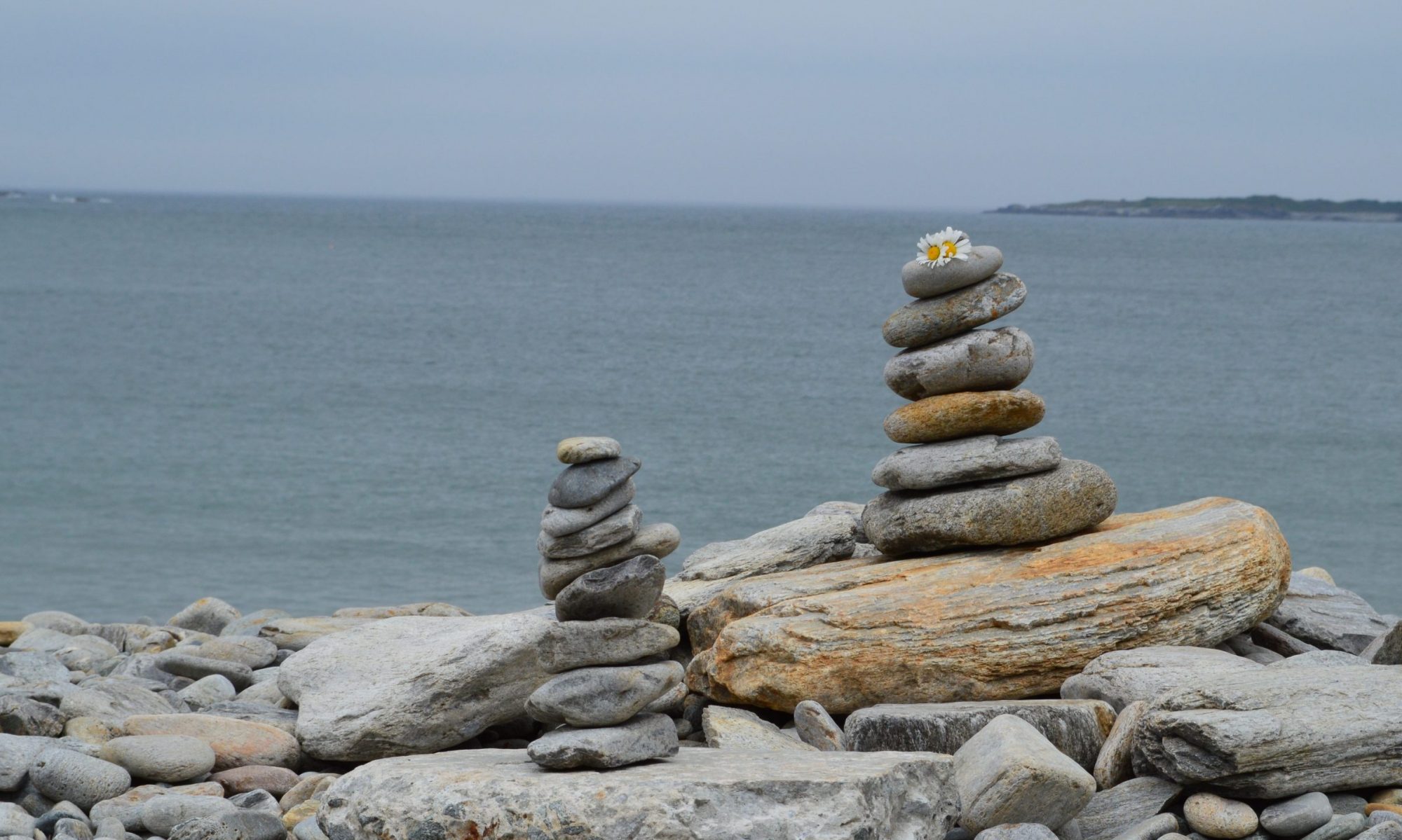
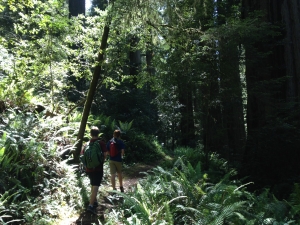
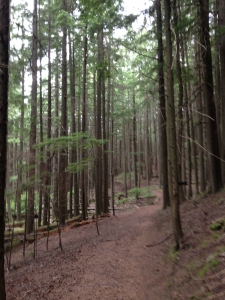
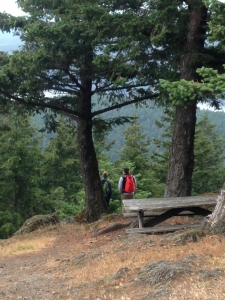
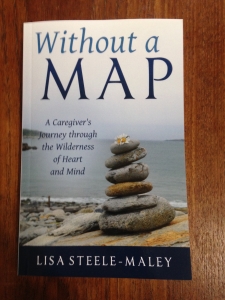
 Approaching the woods, a gentle wind stirred the air. Snowballs, crystals, fairy dust, and wonder rose from the tree branches before falling to the ground lightly and playfully. The field was covered in a full, fresh layer of snow. It looked like winter but the temperature of the air and the depth of blue in the sky hinted towards spring. This snow was not destined to last long. It is late winter and the season is more fickle than ever.
Approaching the woods, a gentle wind stirred the air. Snowballs, crystals, fairy dust, and wonder rose from the tree branches before falling to the ground lightly and playfully. The field was covered in a full, fresh layer of snow. It looked like winter but the temperature of the air and the depth of blue in the sky hinted towards spring. This snow was not destined to last long. It is late winter and the season is more fickle than ever. 